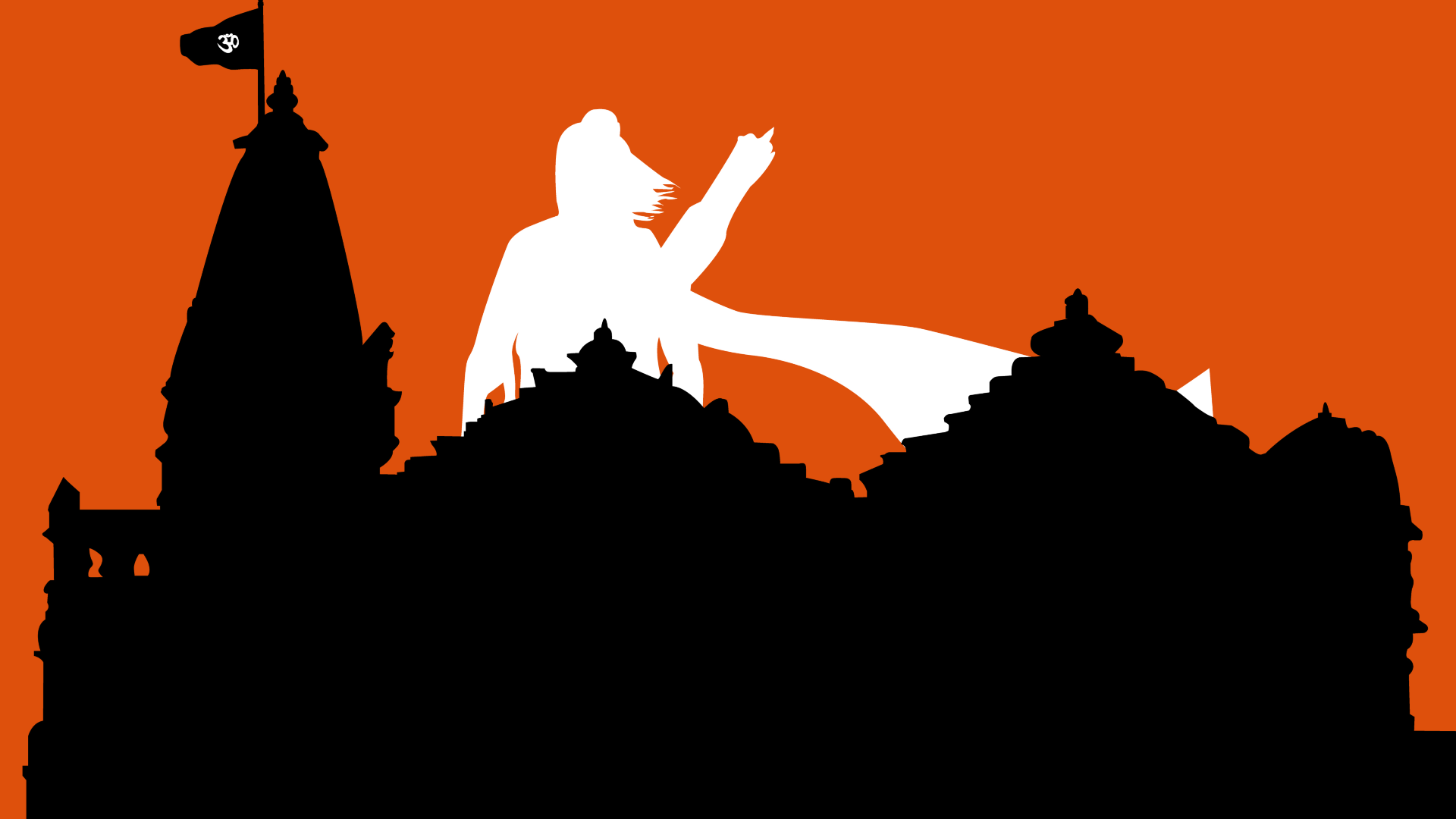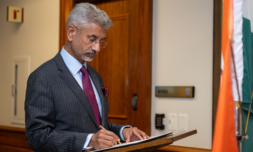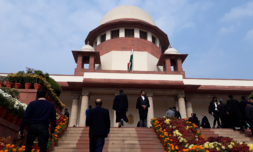Allegations of the BJP weaponizing Hindu sentiment for electoral gain continue to grow stronger. Is the supposed ‘reclamation’ of temples the latest boon for Narendra Modi?
As Prime Minister Narendra Modi ceremoniously unveiled the new Ram Mandir in Ayodhya earlier this month, the visual was striking – the country’s most powerful political leader inaugurating a religious temple for the majority community.
The contradiction, nonetheless, made me uneasy even as chants of Jai Shri Ram reverberated from the crowd, the shouts of which were also heard during the 75th Republic Day Parade at Delhi, a day and celebration that commemorates the Constitution and its values that rule the land.
Should a PM sworn to impartiality be embracing religious causes and nigh-on campaigning for a faith? As allegations swirl on BJP weaponizing Hindu sentiment for electoral gains, has politics completely eclipsed governance?
The seeds of discomfort were sown when Modi kickstarted temple construction at the disputed site in 2020. The location carries deep emotive resonance for Hindus as the claimed birthplace of Lord Ram, where Babur’s commander, Mir Baqi, allegedly demolished a Ram temple to construct the Babri Masjid in 1528.
The BJP propelled itself from fringe status into electoral dominance riding the wave of religious grievances centered around this mosque’s fate. Its destruction by thousands of Hindu mobs in 1992 triggered one of independent India’s most heinous periods, where at least 2000 people – mostly Muslims – were killed for sectarian reasons.
After a lengthy legal battle, the Supreme Court in 2019 controversially allowed the building of the Ram temple at the site, seen as validation of Hindu majoritarian voices over constitutional secularism.
But even after this unambiguous legal outcome and land allotment for a mosque nearby, Modi lending the PM’s weight to Hindu-centric events strikes at egalitarian ideals that place faith secondary to citizenship rights.
It signals a disturbing desire from state authority to further majoritarian supremacy over preserving parity with minority groups. In my opinion, it also evokes worrying parallels with intolerant theocracies securing power by dividing people.
‘In the current conjuncture, secularism is out of the picture. Secularism has been abandoned. Hardly a moment for any kind of celebration,’ said Rajeev Bhargava. ‘Once secularism is set aside, the relevant question is what kind of a religion centered state is replacing a secular state?’
‘Here, the state has merged with religion entirely on its own terms,’ he concluded.
Sharing trepidation of a similar nature, Ramchandra Guha writes: ‘The state’s involvement in the Ram temple project is a further reinforcement of the idea that India is above all a “Hindu” country.’
Despite Muslims gaining an allocation of five acres for another mosque, the legal sanction to replace the 16th century Babri Masjid with a temple leaves parts of the minority community feeling targeted. As a place of worship once stood there for over 400 years, critics argue that displacing it strikes at the syncretic heart of Indian civilization.
Following tremors felt across the nation
The Supreme Court judgment on Ram Janmabhoomi is having seismic repercussions felt across India. Energized by their victory in Ayodhya, right-wing Hindu groups have revived demands to reclaim religious sites where mosques stand, arguing they were built by Mughals after razing temples.
In December 2022, a petition was filed and allowed by the Allahabad High Court in seeking removal of the 17th century Shahi Idgah mosque, which it claims encroaches on the ancient Keshav Dev temple complex – considered the birthplace of Lord Krishna.
Two lawsuits demanding the removal have been filed claiming the actual janmasthan or birthplace of Krishna lies beneath. In recent updates, a new plea has been filed in a Mathura court seeking directions for the Shri Krishna Janmabhoomi Trust to put up a notice board stating the present sanctum sanctorum is ‘not the real birthplace’ of Krishna.
While the legal battle plays out in higher courts, the Hindu petitioners hearken back to Ayodhya as inspiration for reclaiming yet another consecrated site lost under Mughal domination.
Similarly, a district court ordered an archaeological survey of the Gyanvapi mosque located next to the Kashi Vishwanath temple.
Watch | PM #NarendraModi hails #Ayodhya Ram Temple in Parliament
He adds that BJP’s third term ‘is not far now…100-125 days’ pic.twitter.com/92AWDO2itC
— The Times Of India (@timesofindia) February 5, 2024
Now completed, the 800 page survey – which is not yet public to anyone but the petitioners – ‘reportedly’ found remains of an old temple under the mosque structure. Hindu petitioners argue this vindicates claims that it was built after partially demolishing a temple during Aurangzeb’s rule in the 1660s.
Vishnu Shankar Jain, the lawyer representing the Hindu petitioners, reported that they will now approach Supreme Court to have part of the mosque opened for Hindus, a cycle that follows the same trend as its predecessor.
The Ram Janmabhoomi movement arose from a deeply felt sense of injustice harbored by sections of the Hindu community towards temple desecrations under Muslim rulers. However, the Supreme Court judgment presented an opportunity to finally close one of modern India’s most divisive disputes.
Unfortunately, partisan issues seem to have once again managed to eclipse governance imperatives. With fringe Hindu groups apparently emboldened to demand similar outcomes at other contested religious sites, the future seemingly holds more political tension around faith.
Upholding Constitutional values obligations India to separate religion and politics, in order to preserve communal harmony. Critics argue it could open the gates for reclaiming thousands of temples which would spark immense conflict, the likeliness of which has already begun in certain regions.




















